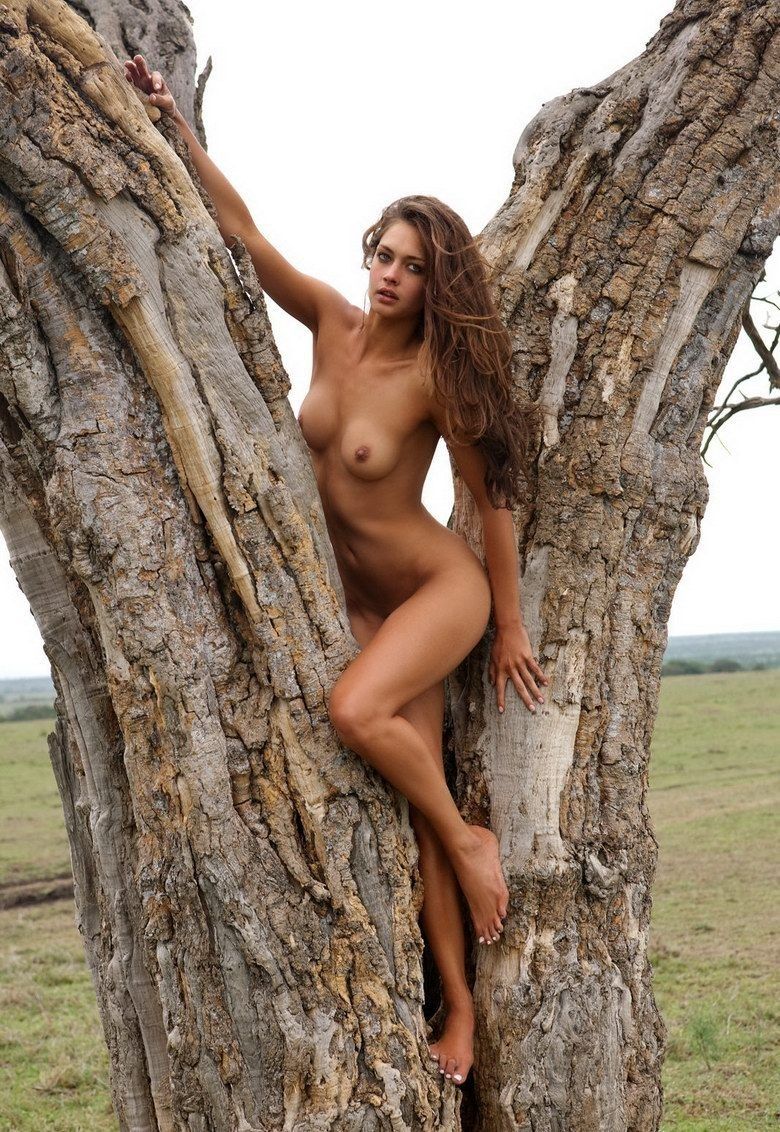|
|
Young Brunette Girl Outside In The Wild Nature
|
The first National Park was Yellowstone, signed into law by U.S. President Ulysses S. Grant on March 1, 1872. The creation of this and other parks showed a growing appreciation of wild nature, but also an economic reality. The railways wanted to entice people to travel west. The world's second national park, the Royal National Park, was established in 1879. Just 25 km to the south of Sydney, Australia.
This U.S. concept of national parks soon caught on in Canada, which created Banff National Park in the 1880s, at the same time as the transcontinental Canadian Pacific Railway was being built. Parks such as Banff and Yellowstone gained favor as the railroads advertised travel to "the great wild spaces" of North America. When outdoorsman Teddy Roosevelt became president of the United States, he began to enlarge the U.S. National Parks system, and established the National Forest system.
By the 1920s, travel across North America by train to experience the "wilderness" (often viewing it only through windows) had become wildly popular. This led to the commercialization of some of Canada's National Parks with the building of great hotels such as the Banff Springs Hotel and Chateau Lake Louise.
|
|









